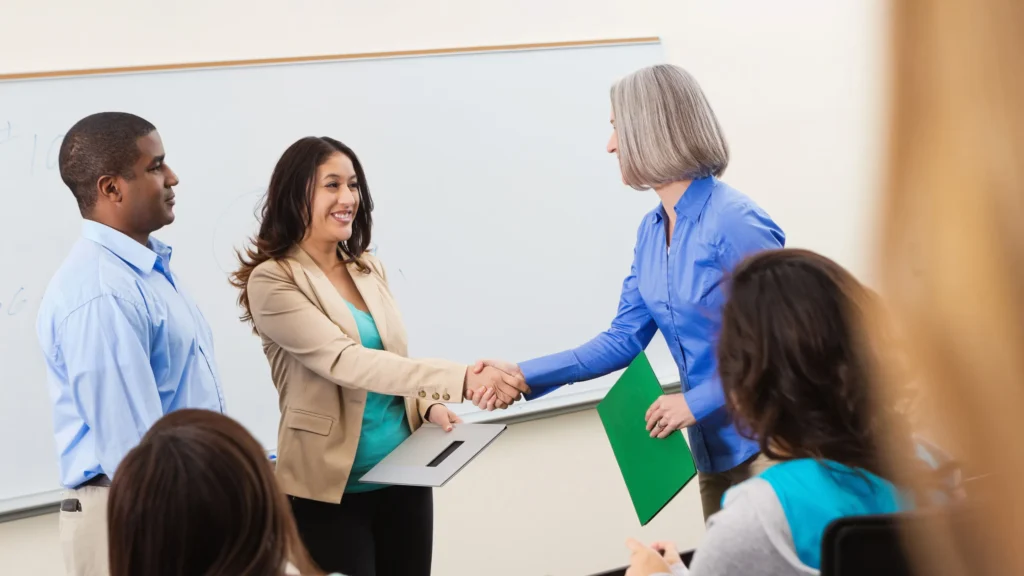
Partnership models of School Partnership Models refer to schools’ working relationship with other organizations such as businesses, colleges, and ( Youth Development Programs )associations in society. These partnerships seek to ensure that education is delivered with resources, experiences, and additional learning for the students.
Essentially, what are School Partnership Models?
School partnership models are therefore collaborative processes involving schools and other outside bodies. I continue to inspire these models because they enable schools to obtain funds, information, and practical-oriented services that enhance the learning process and performance of students. Education cooperation with other entities can benefit in a variety of manners.
There are several School Partnership Models that exist:
- Public-Private Partnership (PPP) models: These partnerships offer funding, technology, etc that aid in enhancing the nature of educational tools as well as facilities.
- Partnerships between universities and schools: These are the relationships between K-12 schools and universities. These give students college-level education programs while teachers have CTE and improve their teaching skills.
- Community-Based Partnerships: Business partnerships connect businesses in a school district with community organizations. These partnerships are like internships; they assist the students in creating career experiences while engaging with society.
- School-to-Work Partnerships: These affiliations enable the students to be in internships, apprentices, and job observing to develop in them the needed experiences in the future.
- Global Partnerships: Schools all over the world partner in order to bring students to the partner school and engage in school projects and other partnership activities. These partnerships provide students with a more general view of the current state of affairs in the world, as well as foster multicultural competence.
Look video for more information about this topic
Advantages of School Partnership Schemes
- Access to Resources: Alliances also bring into schools tangible resources like technology, funds and education products that schools may not have. This enhances the learning situation for students.
- Real-World Learning: Internships, cooperation in community activities, job shadowing are the experiences that the students acquire. This makes learning more relevant as students get to use experiences learned in class to solve problems.
- Development for Teachers : Invitations to cooperate with universities and other organizations offer professional development for teachers. Improvement takes place whereby teachers get new ideas in the way they will conduct their classes.
- Career Preparation: School-to-work partnerships enable students to gain practical experience from practitioners in their field of specialization with a view of preparing them for future jobs. Students hear about the industries and jobs into which they wish to transition to or pursue further.
- Stronger Community Ties: Relation between schools and their community is fostered through collaboration with other organizations. Local businesses and projects can be integrated into the course allowing students to feel, probably for the first time in their lives, that they are responsible for something that happens in a particular environment.
Analyzing the Implications of School Partnership Models
- Communication: It breaks down to show that there has to be good communication between schools and the partners.
- Sustainability: Long term involvement can be demanding; one day may find oneself without the support of leadership or even funding. Thus, schools need to figure out how long these relationships will last in order to consistently provide benefits to learners.
- Equity: Schools must choose such partnerships in a way that will ensure that every student has an equal chance to gain enrollment regardless of his or her background. This hampers results in does not aggravate inequity or decrease access to the necessities of life.
Conclusion
School partnership models improve the delivery of education by offering schools extra human, material, and funding support, practical learning experiences, and career preparation. Such relationships lead to academic achievement and also ensure fulfillment of the overall purpose of education. Hence, through collaboration, schools, businesses, universities as well as other organizations can improve students’ educational performance.






One thought on “School Partnership Models: Enhancing Education with Partnership”